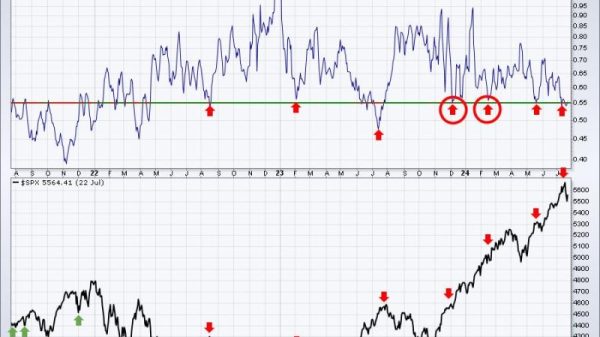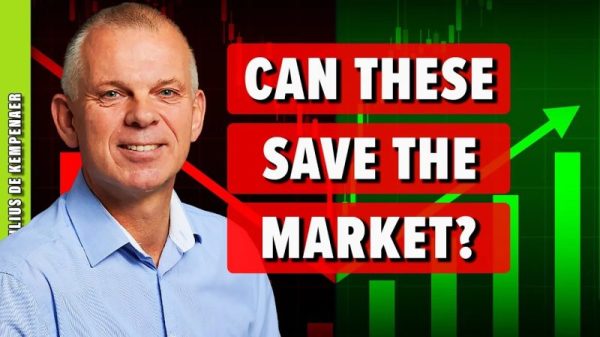The world is currently facing an unprecedented challenge when it comes to global debt. According to recent reports, global debt has surged to a staggering $315 trillion this year, representing a significant increase from previous years. This exponential growth in debt raises pertinent questions about how we arrived at this point and what implications it may have for the future.
One of the key factors contributing to the surge in global debt is the unprecedented level of government spending in response to the COVID-19 pandemic. Countries around the world have implemented massive stimulus packages to support their economies and citizens during this crisis. While these measures were necessary to prevent economic collapse, they have also led to a substantial increase in national debt levels.
Another significant driver of global debt growth is the expansion of corporate borrowing. Many companies have taken advantage of low interest rates to borrow large sums of money to finance their operations and investments. This increase in corporate debt has raised concerns about the sustainability of these companies, especially if economic conditions worsen or interest rates rise.
Furthermore, the rise in household debt cannot be overlooked. With job losses, reduced incomes, and financial uncertainty, many individuals have had to rely on borrowing to make ends meet. This surge in household debt poses risks to individuals’ financial stability and could have long-term implications for economic growth.
The proliferation of debt is also fueled by the easy access to credit in today’s financial markets. Low interest rates and loose monetary policies have encouraged borrowing, making it easier for governments, corporations, and individuals to accumulate debt. However, this easy access to credit has also created a debt bubble that could potentially burst if economic conditions deteriorate.
In light of these challenges, it is crucial for policymakers, businesses, and individuals to be vigilant about managing debt levels responsibly. Government authorities must strike a balance between supporting economic recovery and ensuring the sustainability of public finances. Businesses need to assess their borrowing needs carefully and implement prudent financial management practices to avoid overleveraging. Individuals should also prioritize financial prudence and avoid taking on excessive debt that could jeopardize their financial well-being.
As we navigate through this era of unprecedented debt levels, it is essential for all stakeholders to work together to address the root causes of the debt surge and formulate sustainable solutions. By taking proactive measures to manage debt responsibly and foster economic resilience, we can mitigate the risks associated with the current global debt situation and pave the way for a more stable and prosperous future.





























